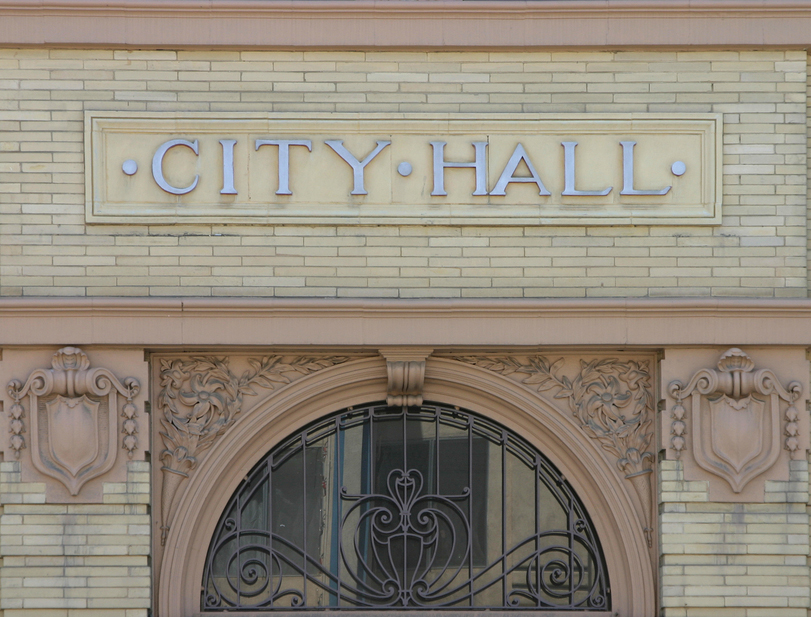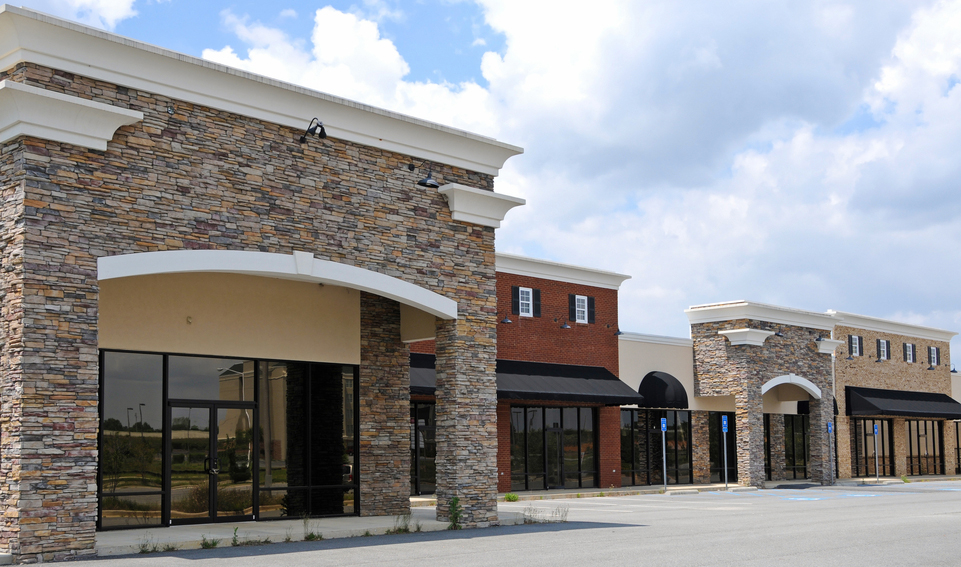Addressing the many unique exposures that owners and managers ofreal estate portfolios face requires significant market knowledgeand structuring capability, and presents an opportunity for agentsand brokers.
|The process for assessing the risk profile of these asset-drivenaccounts includes actuarial-based modeling for natural catastropheperils, fully understanding client risk mitigation techniques andreviewing actual loss exposures for every property in theportfolio. A detailed analysis enables clients to have theinformation they need to make informed decisions regardingretention levels, risk transfer solutions, and allocation strategy.Additionally, providing accurate and detailed physicalcharacteristics of individual properties is crucial to obtainingthe most favorable insurance rates and coverage in themarketplace.
|Related: How to mange four risk exposures for commercialentities
|Up to 80% of the amount chief financial officers (CFOs) pay forproperty premium on properties exposed to natural catastrophe isbased on the model output. That means the quality of informationyou provide is critical and you must ensure that the informationthat goes into the model is accurate and as detailed aspossible.
|This may sound like a basic risk management strategy—and it isfor large and global firms. However, most middle market real estatecompanies neither have the buying power nor the access to directmodeling capabilities that the larger firms have. Often, coverageenhancements are not identified or included in a carrier’s standardcoverage offering. All these factors can, subsequently, have a hugeimpact on the real estate company’s bottom line.
|The following is a toolkit of four best-in-class solutions andtechniques to help middle market property owners and managersobtain the most beneficial rates and coverage in the marketplace.It includes a partial list of coverage enhancements that reallymatter in the real estate segment.
|
(Photo: Shutterstock/Gustavo Frazao)
|1. Full replacement cost coverage
|The financial impact of an insurer using restrictive valuationpolicy language to calculate loss payments can be significant.Blanket or full replacement cost coverage is one way to eliminatedisputes around the actual valuation of a damagedproperty.
|In addition to offering blanket coverage, the process shouldinclude reviewing policies with an eye toward removing suchrestrictive policy language as the occurrence limit of liabilityand margin clause. For example, a $10 million building insured withthe commonly used 10% margin clause would limit total recovery to$11 million. In the event the building is completely damaged, andthe cost to replace and repair is $12 million, the insured couldsustain a $1 million out-of-pocket loss.
|
(Photo: Shutterstock/Aaron Kohr)
|2. Coverage for law and ordinance exposure
|Many commercial property policies include an ordinance or lawlimitation that impacts coverage for loss or damage resulting fromenforcement of any building code changes regulating thereconstruction. For instance, a local authority determining the useor repair of property might require the total demolition of apartially damaged building.
|Middle-market real estate firms should look for coveragethat addresses the potential law and ordinance exposure, includingthe full value of the undamaged portion of the building. This is incontrast to the common insurance carrier sublimit of $250,000 toaddress this issue.
|In a recent case, a commercial property owner, following afire, was required by local ordinance to upgrade building systems,including the installation of fire protection at a cost of $1million above the normal repair of the fire damage. The owner’sprevious property coverage included $250,000 to address this changein building law and ordinance. In contrast, the owner’s newcoverage fully addressed this $750,000 potential coverage gap.
|
(Photo: Shutterstock/Mark Winfrey)
|3. Expanded rental income loss coverage
|Losing rental income due to property damage can have a severefinancial strain on a property owner. In addition, owners areexposed to the loss of rental income after the building damage isrepaired. Often, it takes several months to re-lease and reachpre-loss occupancy levels.
|Related: Playing it safe: A 10-point risk managmentchecklist for residential rental properties
|Although rental income protection is common in the marketplace,many policies provide no more than one month of post-repair rentrecovery. By working with their agents or brokers, middle marketreal estate companies can have access to expanded rental incomecoverage of up to one year to achieve pre-loss rental incomelevels.
|For example, a real estate company’s policy provided only 30days of coverage to reach pre-loss occupancy levels. However, itwas discovered that would take six months to re-lease theapartments if they were damaged and rebuilt. This gap in coveragewould result in a rental income loss of $550,000. Careful analysisand the expansion of coverage ensured that this gap would be fullycovered.
|
(Photo: Shutterstock/Zastolskiy Victor)
|4. Flood zone coverage and modeling
|This year’s widespread flooding across several Southern states,including Texas, has highlighted the need for property owners to beaware of their exposures to the peril of flood.
|The Texas flooding also reinforces the need for real estatecompanies and their brokers to stay on top of changes to floodmaps. Misinformation regarding flood zone locations could leave aproperty owner without coverage.
|Related: 5 things you should know about floodinsurance
|This situation nearly happened to a real estate company inCentral Texas that suffered damage to several buildings. Thecompany assumed the properties were outside of the high hazardflood zones. They were not aware that the Federal EmergencyManagement Agency had adjusted flood maps during the policy year.Even worse, the company’s previous property coverage included only$1 million of high hazard flood zone coverage.
|A review of the updated flood zone data warranted higher limitsfor these locations, resulting in coverage that addressed a $2.5million potential coverage gap.
|It’s important to note that these coverage enhancements may notbe appropriate for every insured. Each property owner or manager'sneeds and level of risk is different. Having a policy that istailored to your specific needs and an experienced risk managementpartner is of critical importance. Review coverage for eachproperty as well as the company’s entire portfolio with your agentand broker to ensure that your company has the coverage itneeds.
|Editor's note: Brian Dove is USI’s national real estatepractice leader and is based in USI’s Houston office. You cancontact Brian at [email protected] or713-490-4597.
Want to continue reading?
Become a Free PropertyCasualty360 Digital Reader
Your access to unlimited PropertyCasualty360 content isn’t changing.
Once you are an ALM digital member, you’ll receive:
- All PropertyCasualty360.com news coverage, best practices, and in-depth analysis.
- Educational webcasts, resources from industry leaders, and informative newsletters.
- Other award-winning websites including BenefitsPRO.com and ThinkAdvisor.com.
Already have an account? Sign In
© 2024 ALM Global, LLC, All Rights Reserved. Request academic re-use from www.copyright.com. All other uses, submit a request to [email protected]. For more information visit Asset & Logo Licensing.








